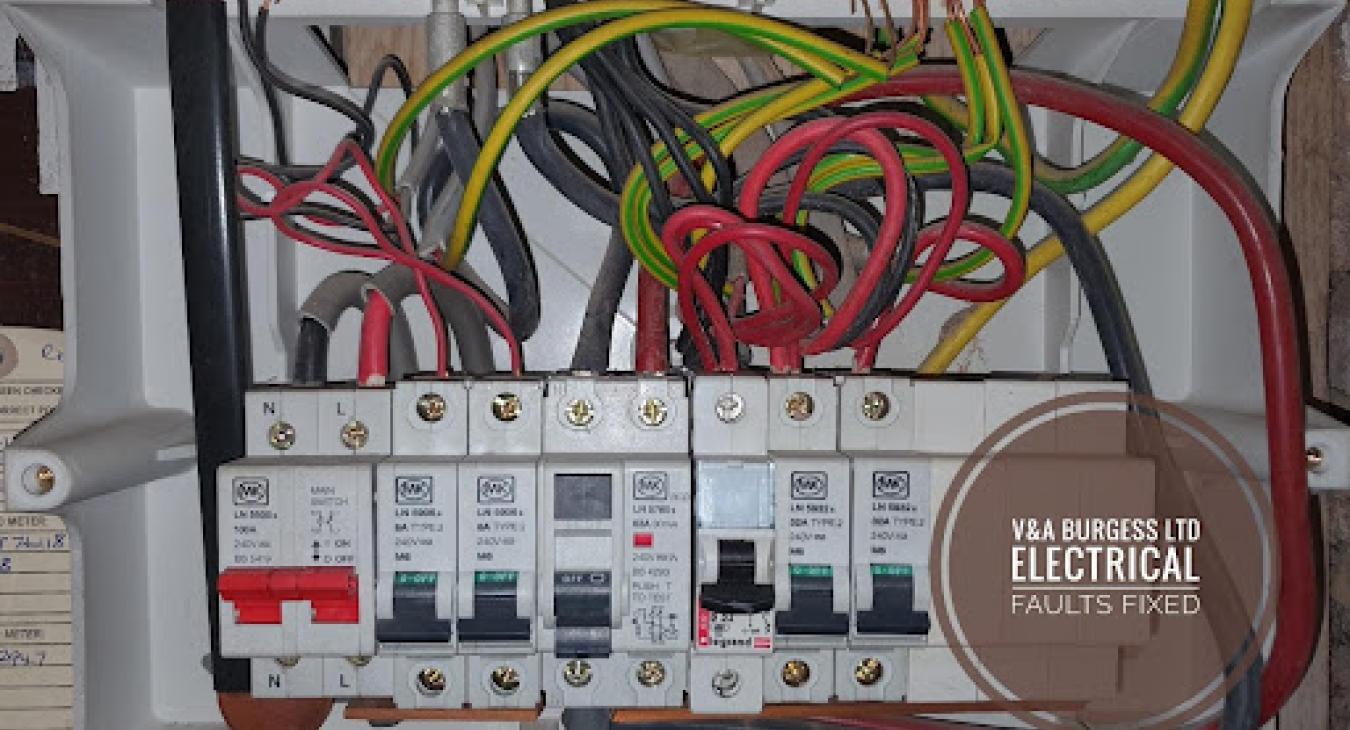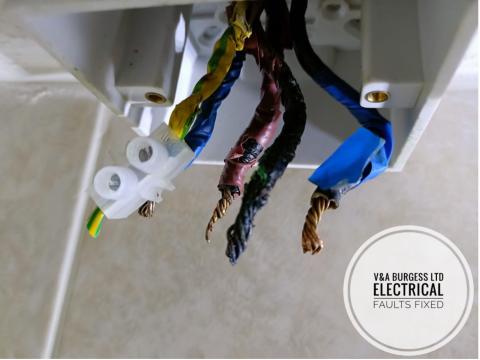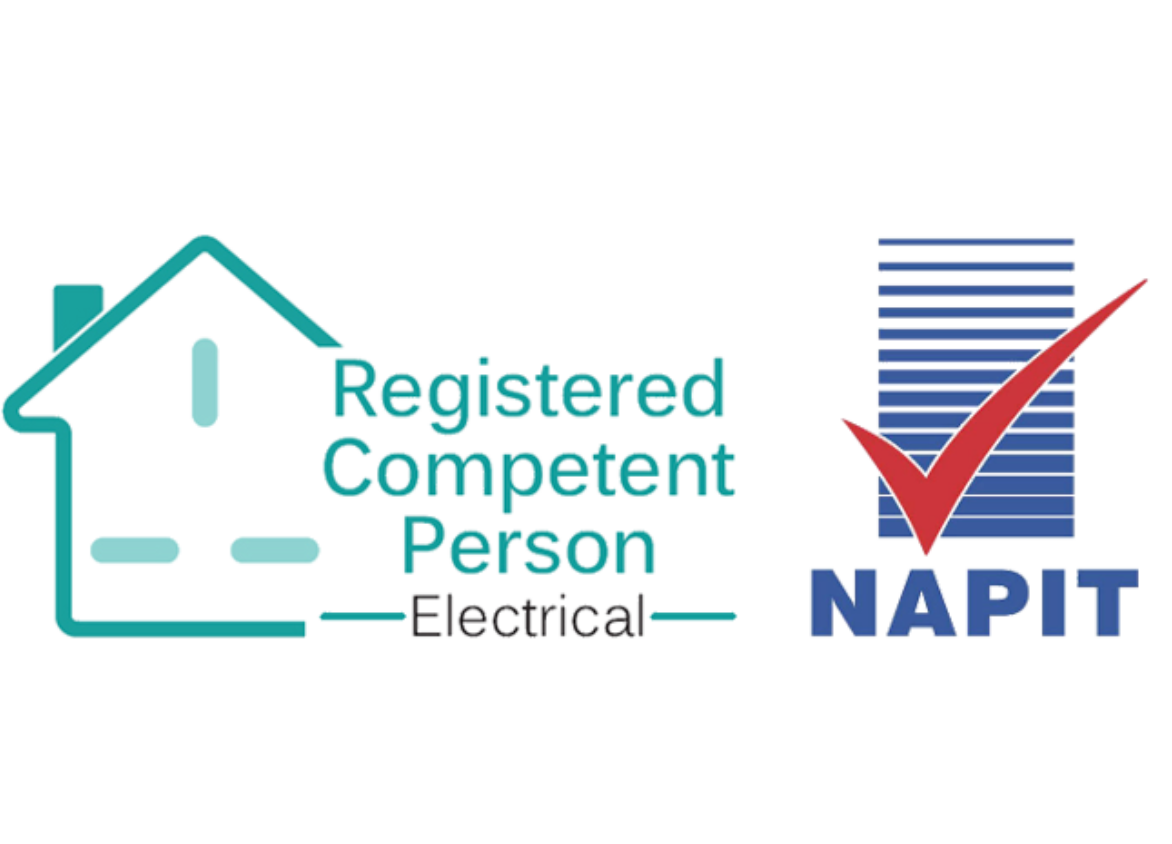
1) The importance of an ELECTRICS CHECK is paramount in all homes throughout the UK.
It is one of the most overlooked checks when purchasing or selling a property and can lead to expensive and unforeseen repairs. The electrical system in our homes is one of the most neglected and ignored systems compared to other systems and other areas of the home. When the boiler fails there is a fault code displayed and an engineer is called, when the toilet won’t flush or the pipes bang, a plumber is called, when lights flicker or a switch trips, we ignore it and reset the switch.
So many dangerous electrical situations can develop due to, in part, the lack of maintenance on this vital and potentially dangerous system within our home. It is crucial that an electrical check is carried out as a minimum, every 10 years from new. Electrical systems can fail spectacularly when things go wrong.
Back to top2) What is done on an ELECTRICS CHECK?
Your electrician will visually inspect all the switches, sockets, electrics box (consumer unit) and equipment in your home. Each of your electrical circuits will be subject to a variety of tests to establish if there are any problems with the earthing, connections, cable insulation and more.
The condition of the electrical installation is compared to the current wiring regulations and an assessment made of the current level of safety and compliance of the installation. Your electrician will be able to discuss their findings with you following completion of the inspection and you should receive a 6-to-8-page document following their inspection.
A thorough inspection will take several hours so be suspicious of cheap inspections that take an hour or less, as these will likely miss several important items from the inspection and not give a representative or fair view of the condition of the electrical installation.
Back to top3) What does the report mean and will I understand it?
Following the electrical inspection, the report will be produced. Unless your electrical installation is brand new then there are likely to be some recommendations for improvement. If your electrical installation has any dangerous or potentially dangerous problems then these will be referred to in the report.
The report may look and sound quite technical but that is normal, your electrician should be able to explain any dangers or potential dangers to you in plain English. The report will have a classification code for each item that has been identified. These classification codes state the severity of the situation. They are as follows:
Back to top4) Classification Code:
- C1 – Immediately Dangerous such as live parts exposed.
- C2 – Potentially Dangerous such as a break on a circuit or signs of overheating.
- C3 – Recommended upgrade / recommended improvement. For example, no surge protection device installed
- FI – Further investigation. This should be used when the electrical inspector believes that further investigation may reveal a dangerous situation.
NOTE – Something that does not warrant a classification code or is outside the scope of the wiring regulations but the inspector wants to bring it to your attention, for example a smoke detector that is out of date.
Back to top5) Do I have to have everything put right?
There is no obligation following an ELECTRICS CHECK to have any of the issues put right and certainly not by the same contractor especially if you are unhappy with them. It is strongly recommended that you have C1, C2 and FI codes put right or investigated without delay as these indicate there are serious situations that need repair.
On occasion, if the inspector feels that there are multiple issues in the electrical installation, they may recommend a rewire (or you may decide to opt for a rewire) instead of attempting to rectify multiple issues.
When there are several problems in an electrical installation, it can sometimes be just as simple to rewire the property if, for example, repairs would involve lifting floors and creating a lot of disruption anyway. This is something that you should discuss with your contractor carefully, electrical installations are not designed to last forever and as such, the estimated remaining lifespan of the installation should be considered before spending considerable time and money on repair works.
Back to top6) What if I need electrics check to sell my house?
There is a possibility that your electrical report will highlight some issue with your electrical system which may then give the prospective buyer a reason to ask for you to reduce the price. Where possible, a quote for works should be obtained to put right an unsatisfactory report. This can be shown to the buyer to give them an idea of the costs involved.
If you are purchasing a home then an unsatisfactory electrical report is not necessarily something to be afraid of and you should not be put off by this. There are certain issues that can be easily remedied without destructive building works in the property. If in doubt, consult with your electrician to ascertain the likely timescale and possible disruption involved in completing repairs.
If you require any further information regarding an ELECTRICS CHECK then have a look at our page dedicated to safety electrical checks and feel free to call or use our contact form to get in touch with us.
We are happy to help even if you are out of our area and may be able to recommend an electrician local to you to carry out the work for you.
https://www.electricalfaultsfixed.co.uk/electrical-safety-checks-eicr
If you need an EICR in Liverpool - contact us today.
Back to top









